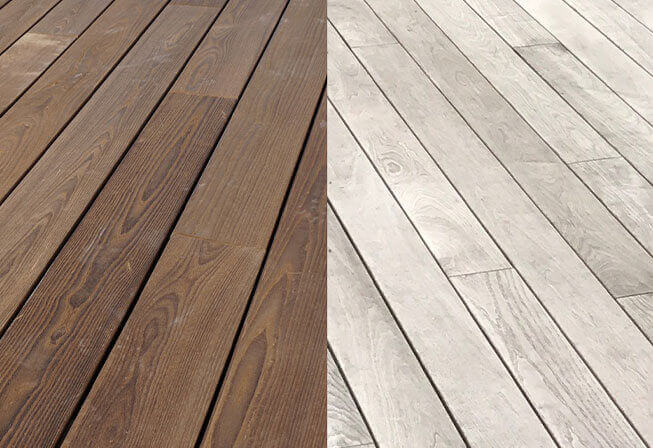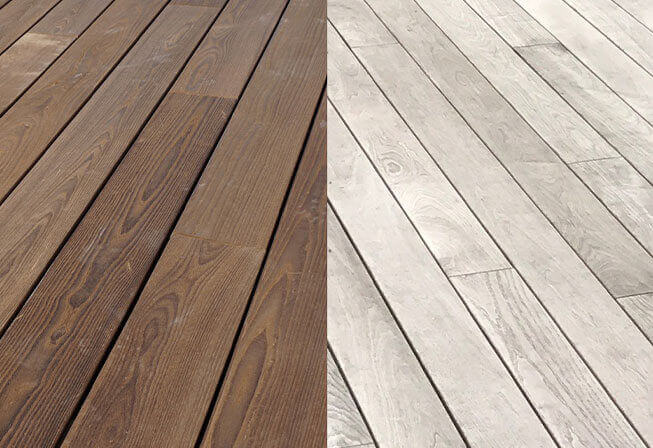The advantages and disadvantages of thermally modified wood
Thermally modified wood definition –
Thermally modified wood is wood that has been modified by a controlled pyrolysis process of wood being heated. In absence of oxygen inducing some chemical changes to the chemical structures of cell wall components in the wood in order to increase its durability.
How to modify the wood –
The wood is placed in a chamber and is gradually heated to 210 – 230 Celsius, and completely void of oxygen to prevent combustion.
The purpose of the wood –
The bending strength of the wood is reduced during the heating process. So, thermally modified wood is not suitable for structural applications. It is commonly used for non-load-bearing applications such as decking, flooring, wall paneling. As well as ceilings, accent walls, and interior and exterior doors.
the sustainability of modified wood –
Going green has never been more crucial than it is now. The process of thermal modification involves zero chemicals, eliminating the harsh toxic substances, that are often in building materials. Sourcing the wood carefully and thoughtfully, while thinking about how to best optimize performance is key for sustainable growth.
Advantages and disadvantages to using this wood –
Advantages –
- Free of chemicals
This process only heats and cures the wood. There are no harmful chemicals or toxins that go into the process. Chemicals in wood are dangerous to touch and breathe but you won’t have to worry about that with this wood.
- Sustainability
The modification process will naturally create longer-lasting wood, which will lead to less deforestation in the future. Although, this is contributing to a sustainable building future.
Disadvantages –
- More expensive
As well as, the original lumber, you will also be paying for the modification process. However, the price will also depend on where you live and the type of wood that you use.
- Becomes brittle
After heating the wood to such a high temperature, a popular complaint is that the wood becomes brittle. This has people wondering how stable the wood can actually be.
- Could burn faster
Due to the low moisture content, the thermally modified wood could end up burning quicker and easier.







